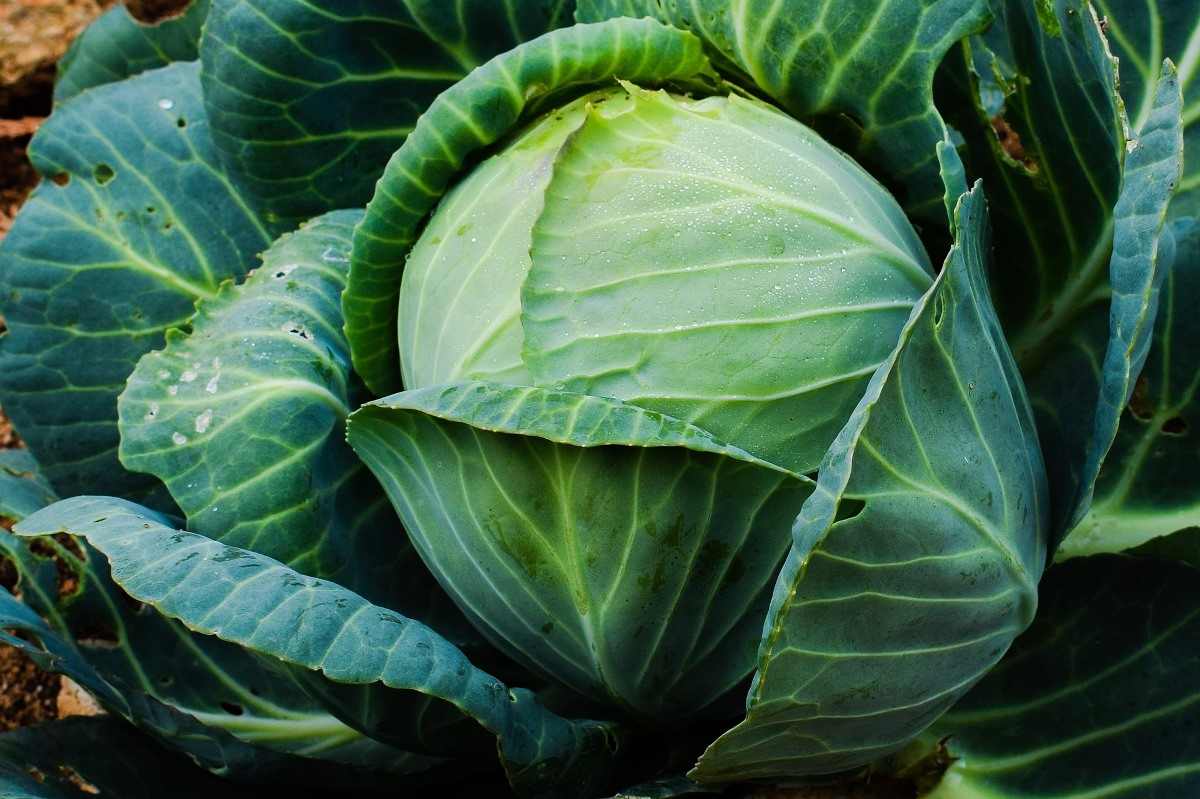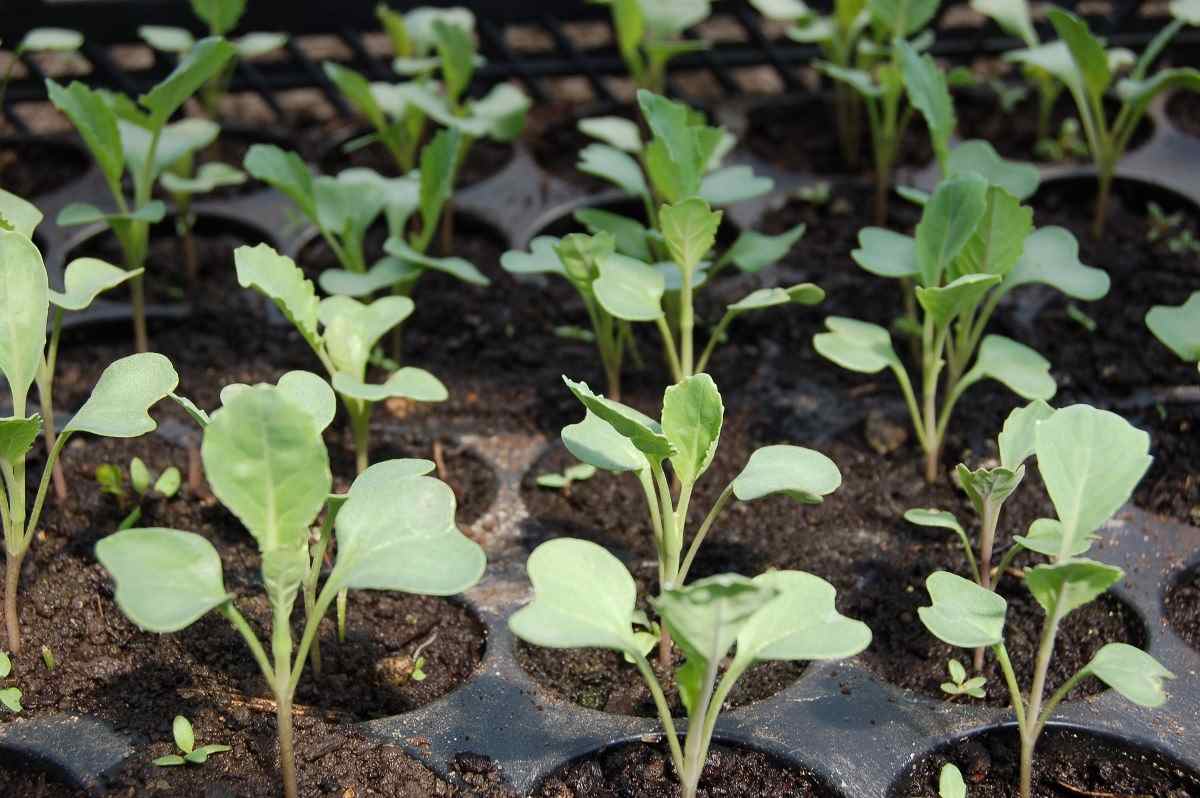Growing Cabbage In Polyhouse
Hello gardeners, today we are with a new and different topic called growing cabbage in Polyhouse. Are you interested in growing cabbage in a Polyhouse? Well, this article may help you for growing cabbage in Polyhouse. In this article, we also cover all the related topics.
Introduction to Growing Cabbage In Polyhouse
Cabbage is a very important vegetable that is grown worldwide. Cabbage plants may vary in a different colour from green to red and purple colour, and the leaves it can be very smooth or crinkled. The outer leaves are usually very large than the inner and the stem is so short and stout. Cabbage plants flower generally after the winter season.
A Step By Step Guide for Growing Cabbage In Polyhouse
- Broccoli Seed Germination and Selection
- Asparagus Seed Germination and Variety Selection
- Seasonal Flower Gardening: Best Practices for Spring, Summer, Fall, and Winter
- How to Grow Hibiscus from Flower
- Plantation Ideas for Home Decoration: A Beginners Guide
- Flower Garden Designs and Layouts for Beginners
- Planting and Spacing Techniques in Papaya: A Beginner’s Guide
- Growing Gold: Essential Techniques for Planting Pineapples
- How to Make Kalanchoe Plant Bushy: Home Remedies and Solutions
- 11 Reasons Why Your Gardenia is Not Blooming: Home Remedies and Solutions
- Eco Elegance: The Guide to Designing a Drought-Tolerant Landscape
- Gardening on a Slope: Strategies for Hillside Landscaping

The cabbage plant is a leafy green vegetable or purple colour plant grown as an annual vegetable plant. These are a very rich source of vitamin A and vitamin C and it also contains minerals like phosphorus, potassium, calcium, sodium, and iron. It can be eaten raw and as well as in cook form.
Best Cabbage Types/Varieties to Grow in Polyhouse In India
Some of the main Cabbage varieties are listed below:
- Golden acre
- Pusa Drum Head
- Copenhagen Market
- Pusa Mukta
- Pusa Synthetic
- Midseason Market
- September Early
- Early Drum Head
- Late Large Drum Head
- K-1
Requirements for Growing Cabbage In Polyhouse
Polyhouse is a type of house or it is a structure made of translucent material like polyethylene or glass where the plants grow under controlled weather or climatic conditions. The size of the Polyhouse structure can vary or differ from small shacks to big-size buildings as per their need. Plants inside a Polyhouse grow regardless of the weather and climate conditions, as the atmosphere can be very artificially controlled with ventilators and motorized screens to facilitate crop growth. Also, the Polyhouse on the structure will not allow even a drop of rain to enter the Polyhouse structure. In developing countries like India, Polyhouse planting is a popular Polyhouse technology due to its low cost of construction and very easy maintenance.
Advantages of Growing Cabbage In Polyhouse
Your cabbage plants are grown under controlled temperature thus there are very fewer chances of plant loss or damage. You can grow plants throughout the year and will not have to wait for any particular season. There are very fewer pests and insects in a Polyhouse.
Suitable Soil and Climate for Growing Cabbage In Polyhouse
Planting of Cabbage in Polyhouse is done mainly on sandy to very heavy soils rich in organic matter. Early plants prefer light soil whereas the late crops survive better on heavier soils due to retention of moisture. On heavy soils, the plants may develop more slowly and the keeping quality is improved.
Well-drained, fertile, sandy loam is rich in organic matter with a pH level of 6.5 – 7.5 is ideal for Cabbage planting.
Optimum and ideal temperatures for seed germination are 25-30ºC. The optimum and ideal temperatures for growth and head formation in Cabbage is 15-20ºC.
The heat-tolerant varieties or types of Cabbage can form compact heads under tropical conditions in a day temperature of 30- 35ºC.
Seed Germination of Cabbage In Polyhouse
Cabbage seed germinates very well when exposed to a constant temperature of 18– 21°C. At this temperature range, the seeds will sprout nearly within 3 to 4 days. The seed will germinate in a temperature range from 7 to 29°C. Outside of the ideal and optimum temperature range, the seeds can take anywhere from four to 14 days to germinate. Cooler temperatures may slow the germination method, while warmer temperatures can speed it up. Irrigation must be done early morning or mid-morning. You need to sow the cabbage seed indoors in containers 6 to 8 weeks before the last average spring frost date to produce starts for transplanting. Cabbage seeds need to plant in a depth of 1/2-inch to 3/4-inch and spacing of inches, with the seedlings later thinned from 12 to 24 inches apart, in rows they need to be spaced at least 18 to 34 inches apart.
Seed Treatment for Growing Cabbage In Polyhouse
Before sowing dip seeds in very hot water that is 50°C for 30 min or Streptocycline of 0.01gm/Litre for two hours. After the seed treatment, dry them in a shade and then sow them on the bed. Black rot is generally observed in Rabi season. As a preventive measure seed treatment with Mercury chloride is very necessary. For that, you need to dip seeds in a chemical that means Mercury chloride of 1gm/Litre solution for 30 min after that dry them in the shed. Cabbage plants grown in sandy soils are more prone to stem rot. To stop it does seed treatment with Carbendazim 50%WP of 3gm/kg seed.
Seed Transplanting In Cabbage Growing In Polyhouse
In case if you miss this: Water Growing Indoors Plants.

Cabbage is often planted by direct seeding or transplanting of seedlings. Seedlings must be transplanted as soon as they reach the specified size and only well-hardened, young, stocky plants should be used. Seed transplanting is completed on moist soil. The soil around the roots must be firmed and irrigated as soon as possible after the seedling’s rare set. Cabbage should be planted on raised beds to scale back water-logging and stem or plant disease diseases. Cabbage plant population and the spacing may influence head size, head shape, and yield.
Cabbage plant populations may differ consistently with the target marketplace for a specific crop. Cabbage may be a heavy feeder and wishes supplemental fertilization within the sort of manure or compost, nitrogen, phosphorus, and potassium. Fertilizer programs must be supported soil analyses and will be developed for every field.
Cabbage needs micronutrients for correct growth and development. The crop features a high requirement of calcium and deficiencies of this nutrient could occur on acid soils, on soils with very high potassium, or very dry soils.
Foliar sprays of nitrate might be wont to supply calcium. Magnesium also can be deficient on acid soils, on Very light soils, or on soils that are very high in potassium.
Water Requirement for Growing Cabbage in Polyhouse
Cabbage must be irrigated immediately after sowing them or transplanting them. Thereafter, irrigation must be done at intervals of 10 to 12 days in very heavy soils or eight days in light soils and the schedule must be followed until the heads of cabbage are fully developed and firm. Young cabbage plants must receive enough water for vegetative growth before forming heads. Even the excess moisture when the heads have produced may cause them to crack.
First irrigation is needed to give just after transplanting of seedlings and subsequent irritations are needed to give at an interval of 10 to 15 days depending upon the season and soil conditions. You need to take care to avoid water stress from the time of head formation to the head maturity period. At the time of plant maturity, the irrigation must be avoided as excess irrigation at this stage may cause the splitting of heads.
Proper Care for Growing Cabbage in Polyhouse
Keeping the growing bed weed-free and not disturbing the roots of the Cabbage plants are most vital when caring for the plants.
Watering must be at about one inch per week, a touch more in dryer climates and fewer in additional humid areas. Soaking should go moderately deep about half afoot.
Most Cabbage growers use the flooding process of watering instead of overhead sprays due to this requirement.
Cabbages are often heavy feeders and side-dressing with compost every 3 weeks will keep the soil rich.
The biggest maintenance when planting Cabbage in a Polyhouse is keeping them watered.
Manuring and Fertilization for Growing Cabbage in Polyhouse
Cabbage is a very heavy feeder and they need supplemental fertilization in the form of manure or compost, nitrogen, phosphorus, and potassium. Fertilizer programs need to be based on soil analyses and should be developed for each field. Cabbage needs more micronutrients for proper growth and well development.
How to Controls Weeds in Cabbage Plants in Polyhouse
Weeds in Cabbage plants are controlled mechanically or even by hand as well as chemically through the application of registered herbicides. Mechanical cultivation must be done during when land preparation until the plants are almost half-grown. The first planting must be done two to three weeks after transplanting them.
Common Pests and Diseases in Growing Cabbage in Polyhouse
Pests and pest care:
- Cutworms
Carefully apply Chlorpyriphos 2 ml/lit within the collar region during evening hours for the control of common cutworm – Agrotis segetum.
- Aphids
You need to install a yellow sticky trap of 12 no/ha to watch “macropterous” adults. Spray neem oil 3 you bored with 0.5 ml Teepol/lit or different insecticides.
Diseases and diseases care:
- Clubroot
Biological control: better to do seed treatment with Pseudomonas fluorescence at 10 g/ kg of seeds and followed by a seedling dip of 5g/ l and soil application of 2.5 kg/ha alongside 50 kg Farm Yard Manure before planting
Chemical control: you need to dip the plant seedlings in Carbendazim solution 2 g/l for 20 minutes. Drench the soil around the seedlings within the major field with Carbendazim of 1 g/l of water. Crucifers must be avoided for 3 years.
- Leaf spots
Leaf spot diseases are often controlled by spraying Mancozeb at 2 g/lit or Carbendazim 1 g/lit.
- Leaf Blight
Leaf blight disease is often controlled by spraying Mancozeb of 2.5 g/liter.
- Ringspot
Ringspot might be controlled by spraying Mancozeb 2 g/lit or Carbendazim 1 g/lit or Copper oxychloride 2.5 g/lit.
- Downy mildew
Downy mildew disease is often controlled by combined spraying of (Metalaxyl + Mancozeb) 2 g/lit 3 sprays at 10 days interval.
- Black rot
Black rot disease is often controlled by dipping the seeds in 100 ppm Streptocycline for a half-hour.
Cabbage Harvesting Procedure in Polyhouse
Cabbage will be completely ready for harvest at 90 to 120 days after planting. Cabbage must be harvested very promptly when the heads are firm and mature. Delaying in harvest, even a few days beyond maturity can affect split heads and increased incidence of field disease.
Harvesting Cabbage can be done based on the market needs. In case of very high demand for Cabbage and offers high price the crop is harvested early. Cabbage harvesting is done with the help of a sharp knife.
Commonly Asked Questions for Growing Cabbage in Polyhouse
How long does cabbage take to grow in a Polyhouse?
It takes 90 to 120 days to grow cabbage.
Cabbage is completely ready for harvest at 90 to 120 days after planting.
Can I grow cabbage in a Polyhouse?
Polyhouse is an ideal place to grow cabbage. Cabbage is a very cool-season plant, so the lower light conditions in the cooler weather will not affect it as much as it would a warm-season crop, and it will grow equally well in the spring and fall.
What is the best fertilizer for growing cabbage in a Polyhouse?
Fertilizer programming must be based on soil analyses and that should be developed for each field. Fertilization is done in the form of manure or compost, nitrogen, phosphorus, and even potassium.